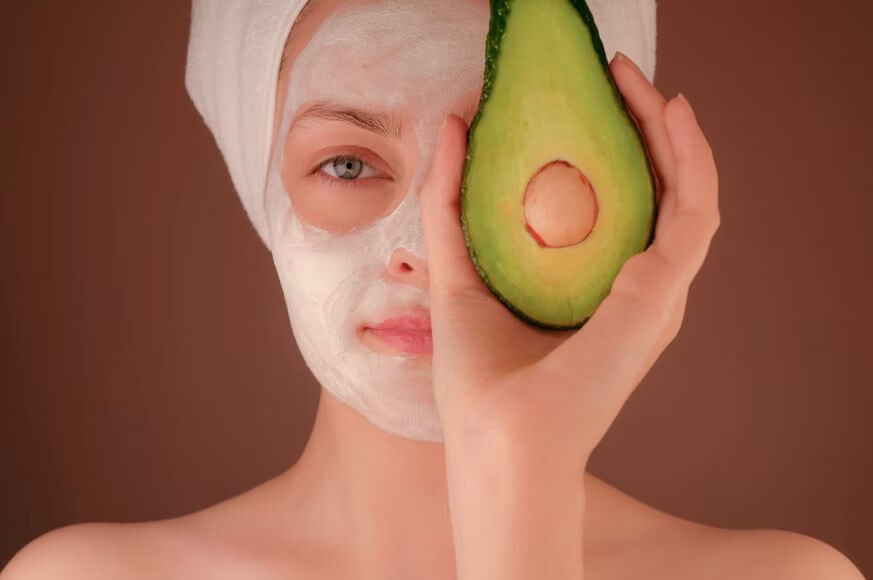The softness of our skin gradually diminishes as we get older. Skin laxity and sagging are a concern for many people, and many of them seek out skin-tightening treatments to fix them.
To tighten skin on the face and other parts of the body without undergoing surgery, radiofrequency, lasers, and ultrasound have all been introduced in the last few years. Nonsurgical therapies should only be carried out by trained professionals and under the guidance of a physician.
If you wish to rejuvenate and tighten your skin, these five procedures can help you in achieving the desired results.
- Ultrasound
Ultrasound, which is a non-invasive therapy, utilizes heat to assist you in the beginning to make more collagen, which is a crucial component in the body that offers strength to hair, bones, and skin and gives skin the appearance of being fuller and younger. Patients who choose ultrasonic therapy to combat skin laxity might anticipate seeing some degree of improvement anywhere from two to six months after beginning treatment.
- Radiofrequency
A hand-held device is used to deliver heat into your skin to stimulate the creation of collagen, similar to how ultrasound may tighten your skin. Radiofrequency, which differs from ultrasound in its focus, treats the epidermis, the topmost layer of your skin. It has been given clearance by the FDA for use on the hands, face, and neck in addition to the torso.
It may take anywhere from two to six radiofrequency (RF) treatments before you get the desired results, even though many individuals notice improvements after just one treatment. If you use the appropriate skincare routine, the effects might linger for as long as three years.
- Chemical Peels
When addressing skin laxity, the chemical peel is among the treatment choices that are inexpensive and low-maintenance. On the other hand, a chemical peel does not stimulate collagen formation in the skin as the other treatment alternatives do. Nonetheless, it performs a good job of improving the skin’s look, which may help reduce the appearance of certain drooping indications.
- Photofacial
The photo facial is a photo-rejuvenation method that employs AFT technology, an improved type of Intense Pulsed Light, to eradicate the indications of age, pigmented and vascular lesions on the skin.
This treatment improves the skin’s texture and tone, reverses sun damage (hyperpigmentation), controls the signs and symptoms of rosacea, treats vascular lesions, minimizes the appearance of enlarged pores, and contributes to the skin appearing healthier, more youthful, and more radiant.
- Platelet Rich Plasma
The PRP technique is one of the methods that has received the most study. Platelet Rich Plasma, often known as the “vampire facial” is a therapy that makes use of the growth factors that are produced from the platelets that are found in our blood to promote cell regeneration and speed up the process of tissue healing. It does this by using your plasma to encourage the creation of collagen, reducing the appearance of pores and fine wrinkles.
Conclusion
It’s also a good idea to take care of your skin using the right moisturizer, seeing a dermatologist often, and keeping up with your skincare regimen. Everyone may discover a skin-tightening technique that works for them, thanks to the wide variety of treatments available. A dermatologist can help you choose which skin-tightening procedures are ideal for you and your skin, so don’t hesitate to get in contact now.

